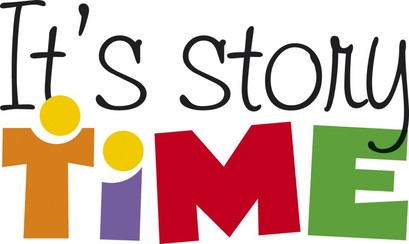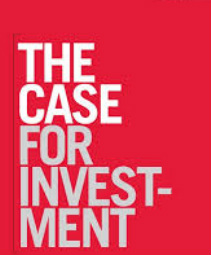The rationale of the board members is clear and smart: We (who form the core of current donors) will not be around forever, and the organization would do well to prepare for that day. If we start cultivating a younger group of up-and-coming people who will have the capacity to give and get funds, we will ensure the future of the organization we all love so much.
The reason for the groans is equally clear and smart: We (who are charged with raising a lot of money each year for this organization) know that young donors take a great deal of time and energy away from the other fund-raising activities, and they tend to give very little if anything. In fact, since they typically want us to mount numerous social activities for their friends, the cost of servicing them often outweighs the gifts they make. And if they are not completely satisfied, they go elsewhere and end up with a bad feeling about our organization.
So how to reconcile these two equally correct points of view?
By acknowledging that while engaging young, potential donors is a smart and important thing to do, treating them as donors today and asking our development team to manage this activity is not optimal.
Arts organizations must work tirelessly to engage more and more people, to entice them to attend performances and exhibitions, to make it fun and interesting to become donors and volunteers, and to interest them in a long-term relationship with the organization.
But, in my opinion, engaging those without the resources, or inclination, to be donors of any magnitude today is the work of the marketing department not the development department.






 RSS Feed
RSS Feed
